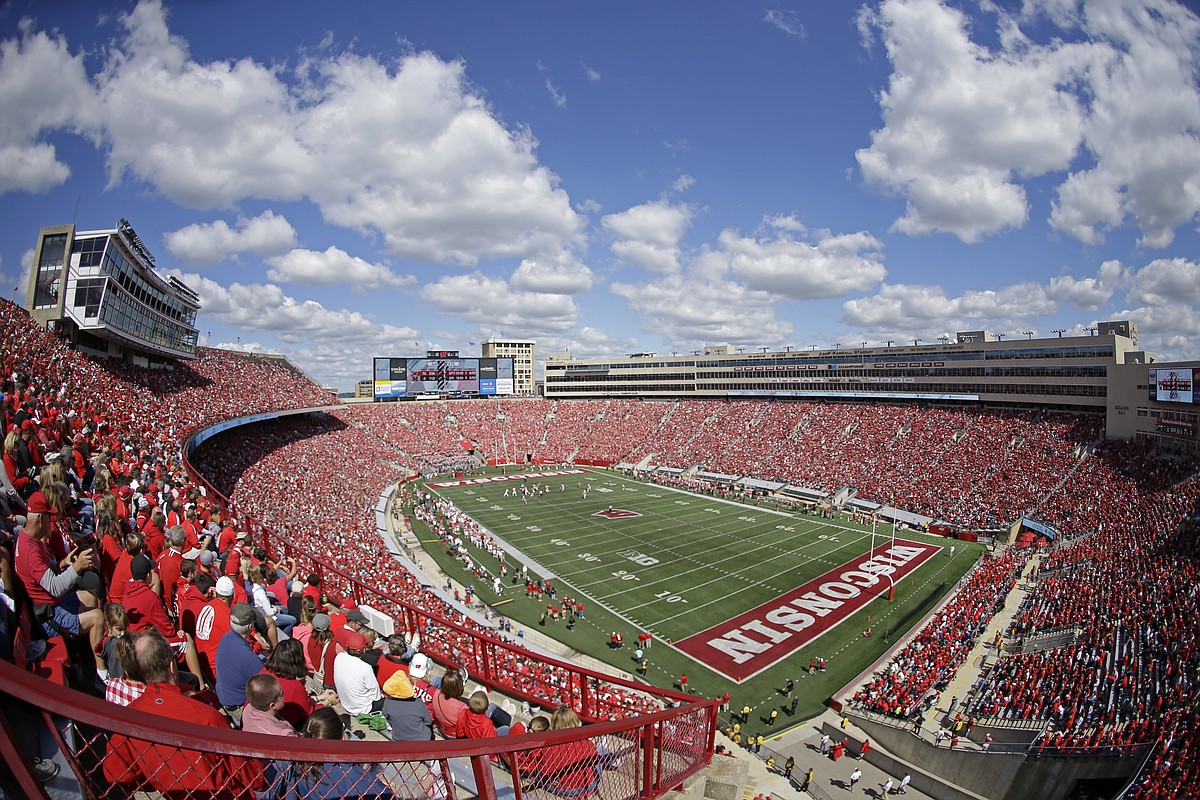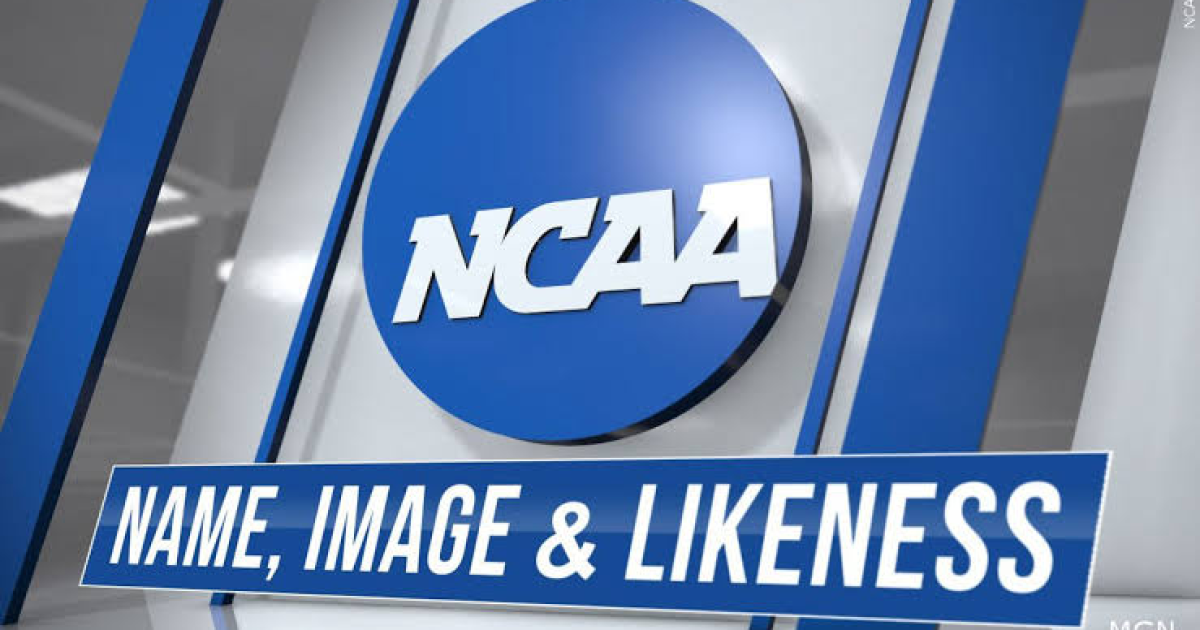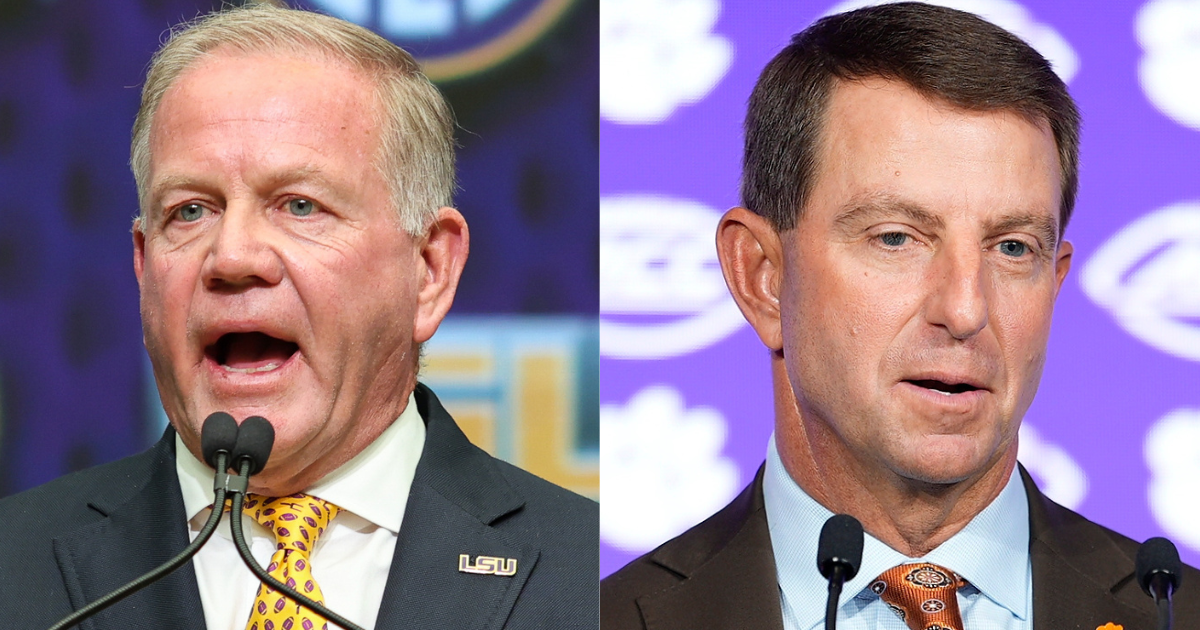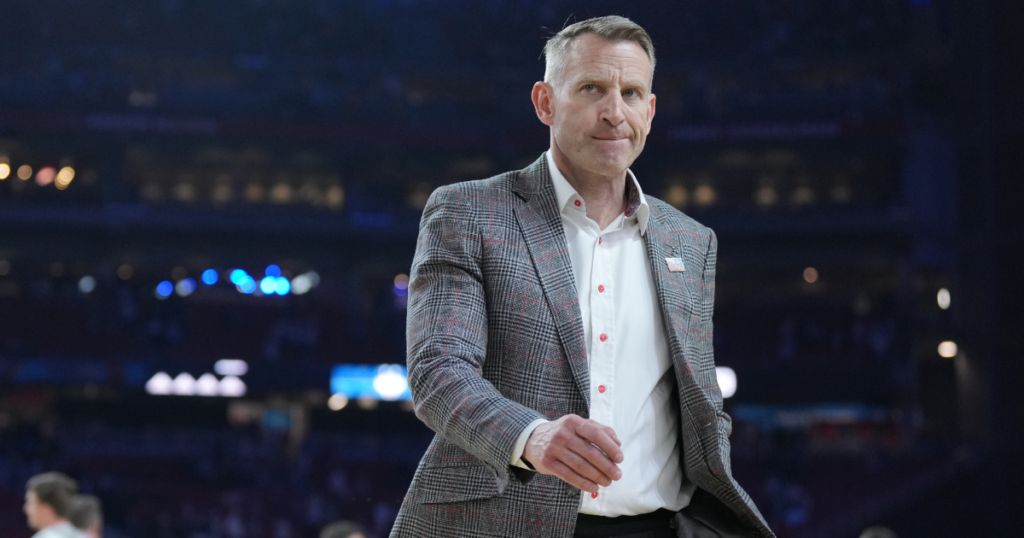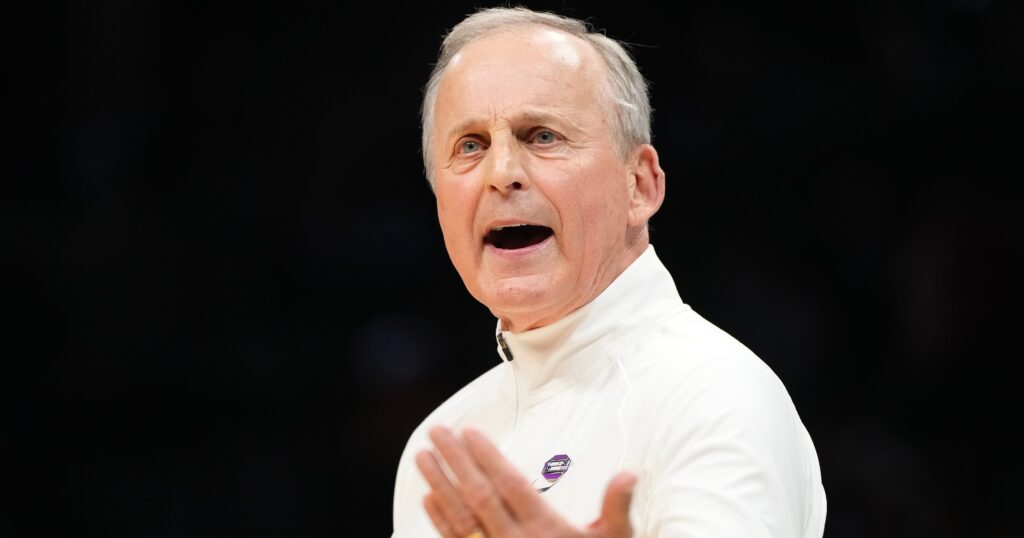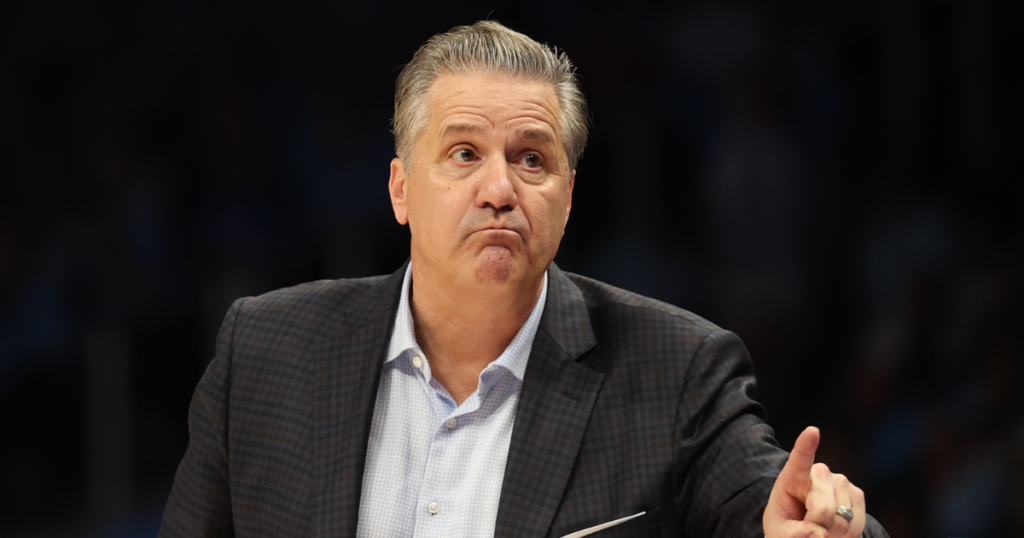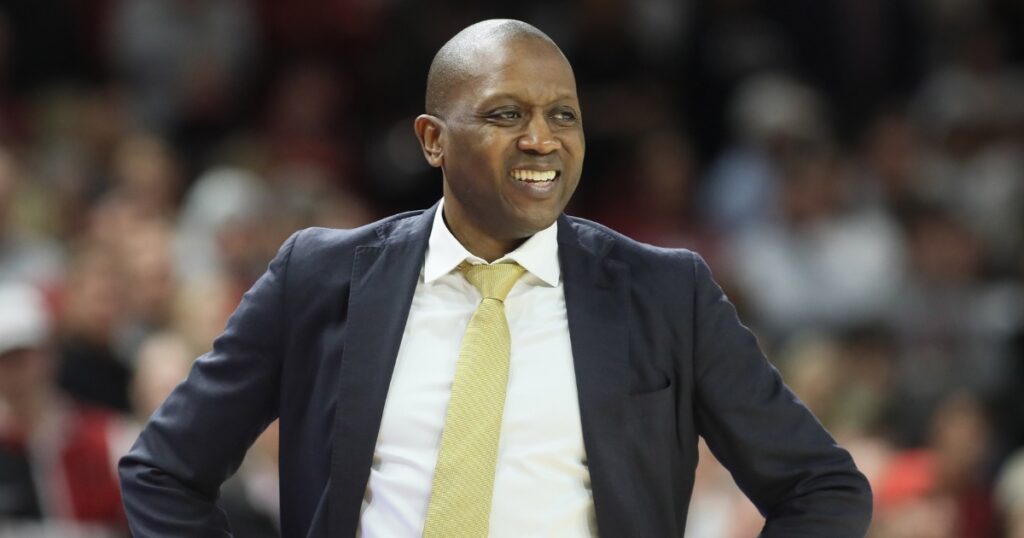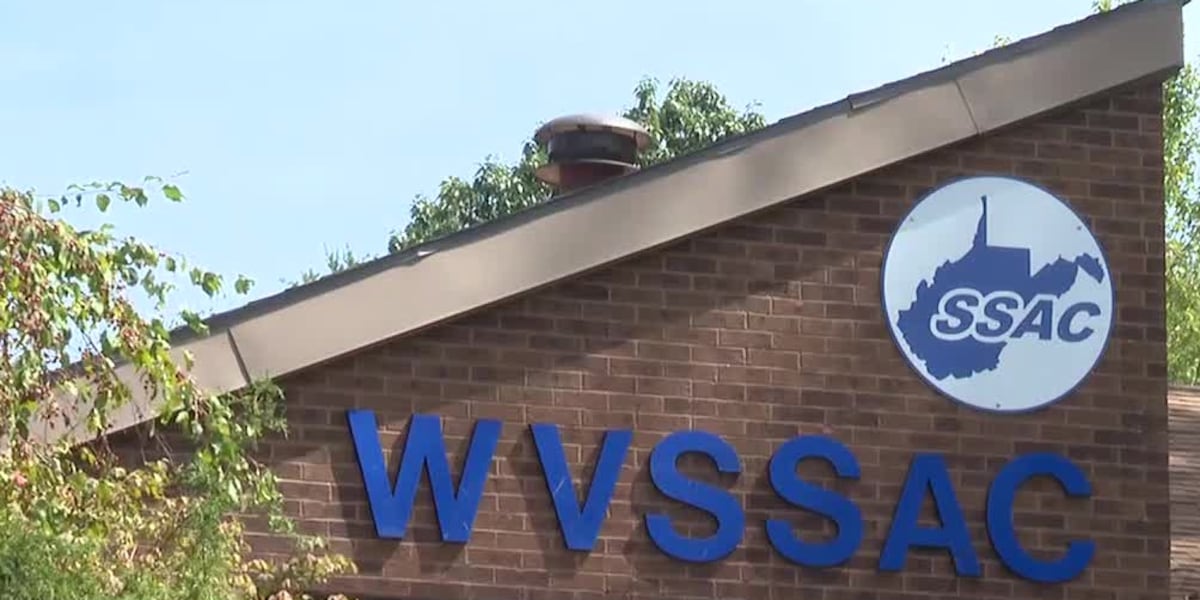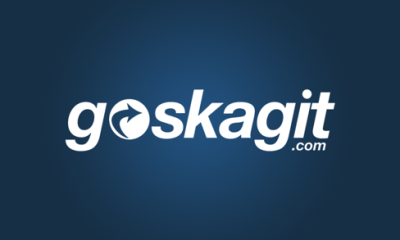The following transcript was generated using automated transcription software for the accessibility and convenience of our audience. While we strive for accuracy, the automated process may introduce errors, omissions, or misinterpretations. This transcript is intended as a helpful companion to the original audio and should not be considered a verbatim record. For the most accurate representation, please refer to the audio recording.
MICHAEL DUNNE: I’m Michael Dunne. In previous generations, the rules around providing any kind of monetary benefit to college athletes were some of the strictest in the world. This was famously illustrated by an NCAA rule which stated, you could provide a student athlete a bagel during a recruiting visit, but that if you also provided cream cheese that constituted a meal and therefore was a violation. Today, those rules are out the window in the brave new world of name, image, likeness, athletes aren’t just allowed to be paid. They’re actively helped and supported by their universities. Today on the show, you’ll hear from our two local Division One, NCAA universities and their experts on NIL. First, you’ll hear from a business expert on the economics of paying athletes. And then you’ll hear from an athletic director on what it all means on the playing field. Lauren Anderson, the Director of the Warsaw Sports Business Center at the University of Oregon, thanks so much for coming on and talking with us.
LAUREN ANDERSON: Thanks for having me.
MICHAEL DUNNE: Boy, NIL has become this famous acronym. Could you just sort of remind people what NIL is and sort of how it has changed the college landscape from decades ago?
LAUREN ANDERSON: Well, I mean, really what it is it’s basically compensating a student athlete for being used in a marketing campaign or promotion as they are associated with their sport in a university. So, if you think about this, sort of historically, pro athletes have been doing this for a long time, right? You’re a recognizable person, whether it’s a brand or a property or service. They want you to align. They compensate you for using, you know, for coming and doing appearances, for using your picture, or you know your name, image or likeness, name, image or likeness, exactly like use it, using your name or some photos and supporting a product. So, it’s really just about an endorsement and athletes, historically, because of NCAA rules, that was not allowed because it was in violation of some sort of amateur principles. And then, as it rolled out, but then, you know, few years ago, some athletes sued and that it was determined that, yeah, they should be, you know, compensated universities are making a lot of money on the backs of the college athletic programs, and there should be some revenue sharing of that.
MICHAEL DUNNE: Okay? In fact, it’s a great example or illustration on the backs of because, as I understand it, let’s say, you know, we’ll use people who aren’t in college now, but when Bo Nicks played for the University of Oregon, at the Duck Store and other places, they’d be selling a Bo Nix jersey with his name and number on it. And, you know, decades ago, the only people who would get money for that was like the University, and I’m sure Nike and whoever made the jersey did all that stuff. But now an athlete who’s got his or her Jersey in the Duck Store gets some of that, and I guess, does that come from the university, or is there a third party that makes that payment to the athlete?
LAUREN ANDERSON: So, in that example, that usually comes from, like Fanatics, is the big company that does the licensing and sells the deals. So, athletes would sign with Fanatics, and then anything that’s sold is a percentage of someone like an EA Sports. In the video game companies like EA Sports, there’s a lot out there in the press, they just launched college football. 25 every one of the players that wanted to be in that game signed a contract, got a $600 payment and a copy of the game.
MICHAEL DUNNE: Okay, so I want to really kind of get in the weeds a little bit here. So, let’s say, let’s take me, for example. Let’s say I’m a 17-year-old phenom in high school, and I’m and I’m going to go to the University of Texas, or I might go to the University of Florida. Describe the situation now in terms of, could the University of Texas say, Hey, Mike, we want you to play quarterback for us and we’re going to pay you to come here, or is it more we’re going to facilitate opportunities for you to maximize your Name, image and likeness, monetarily?
LAUREN ANDERSON: So, the answer is both, okay. So recently, there was just, it was just passed the House settlement and its house, because that was a player’s name in the lawsuit, has now created an environment where universities and academic institutions, or athletic departments at athletic institutions have the opportunity to distribute up to 20 and a half million dollars to student athletes just because they’re playing okay and to help rightly, you know, like in marketing of the program. So, like you’re in your example, you’re the Texas quarterback. Texas has the right to pay you whatever they want, no obligation to you as a student athlete from that 20 and a half million dollars. Okay, so that’s where you’re seeing some of these quarterbacks or football players making a lot of money. Also, some basketball players. The general breakdown, and every school can distribute that money differently across teams, across players, like if they wanted to give it all to one player, they could. The general breakdown seems in the marketplace to be roughly 75% for football programs, 15% for men’s basketball, usually five for women’s and then five for all the other sports. Generally, I think schools are following the way income comes in, that the percentage of income is really what goes back from that $20 million pot to the student athletes, then how they distribute it beyond that. I mean, I’m sure you’ve seen in the news there are a lot of schools that are hiring general managers for mostly football and men’s basketball to figure out how you’re distributing that money that you then get from your school as your pot. Okay, so then, in addition to that, then there are these NIL deals, which have been going on before, where it’s, you know, sort of an agreement of allow us to use your image, and in exchange for us using your image, we will give you x and some schools are certainly in a position to help facilitate that. More than others, those are being monitored by a third party so that they are sort of fair and equitable. But I will say, from a brand standpoint, what company A thinks is a reasonable amount to pay somebody to endorse something, versus Company B paying that should be at the discretion of the business. So I’m really curious how that monitoring is going to play out.
MICHAEL DUNNE: Yeah. Like anything, there’s two sides. What do proponents of NIL say, and then conversely, what do opponents say about this new landscape?
LAUREN ANDERSON: I mean, it’s, I mean, it’s definitely complicated. Proponents will say athletes deserve to be paid because they are. They are acting on behalf and helping generate resident revenue for institutions. I think the other side of the coin is a conversation about how much and how unregulated it is. So, it’s really the wild west and the implications that it has. You know, not only are 17 or 18 year olds having potentially more money than they’ve ever seen or thought about in their entire life, that could be life changing for them and their families. How are they being supported, educated, resourced to make sure they’re making smart decisions with that money or not right? Like, what is, what are people’s obligations in that regard? And then also, it’s really starting to have a trickle effect into what’s happening in the world of pro sports. So, if you look, the 17th draft pick in this year’s NFL draft by the Cleveland Browns, hasn’t signed his rookie contract, and you know, there’s, there’s some fine print in there about, you know, in the contracts. And this is sort of unprecedented, like nobody, like you don’t sign a contract. But the argument is also, like, this guy is a lot of money, and he doesn’t, he doesn’t, he could sit out for a year and then he could reenter the draft. So, it’s just very interesting. It’s got some interesting implications all the way around. So, I think there’s, there’s always a lot of conversation around, around the table about this. And I think even you know, former student athletes, you know, this house settlement is going to back pay some of them. So, like the last 10 years of student athletes might get, get some money, are going to be entitled to some money for how their name, image and likeness were used. But sort of beyond the 10 plus years those athletes aren’t. And I think some of the athletes have some very different feelings about this, whether it’s good and whether it’s bad. I think the other part of the conversation that some people don’t remember or consider is that, you know, these student athletes and scholarships have $1 value attached to them, so it’s not like five years ago student athletes weren’t getting paid. They weren’t getting money in their bank account. But you know, several $100,000 worth of an education. It’s certainly something that some people would say, well, the person sitting next to them in class is paying $50,000 a year, and you just got a $50,000 a year benefit because you don’t have to pay tuition.
MICHAEL DUNNE: Sure, sure. Looking at your institution, University of Oregon, obviously, it’s pretty easy to kind of look and say, okay, football reigns supreme. Men’s Basketball is probably second. Track and Field fits in there somewhere. Of course, you know? And then Women’s Basketball has been ascendant, but there are a lot of sports. There are a lot of scholarship athletes at the University of Oregon, I’m wondering, you know, I imagine that, you know, there have been athletes who’ve always felt like, well, you know, the football players and the team get gets everything, and we have to kind of settle for the scraps. Does this make it even more so? Because chances are very good, and for people who maybe don’t understand this. You know, we are talking about big money. I brought up the University of Texas earlier, Arch Manning, and you might know that last name at the University of Texas, he’s making $6.8 million in NIL deals. So, I’m just kind of wondering, from what you’ve seen, you know, does this make it more of a haves and have nots, inter college within the university. And then, of course, you know, Oregon’s a big-time program. It’s a lot bigger than the neighbor up the street, Oregon State University. Is there another have and have not within, you know, kind of different institutions?
LAUREN ANDERSON: I mean, yes and no. I mean, I think one of the layers of this is that state laws are different about how institutions can help their student athletes secure deals or not on a state-by-state basis, that’s even different. It makes it hard to have a level playing field nationally, with some of the state rules being different. I do think, you know, I don’t know exactly how Rob Mullins is doing things here at our athletic department, but I do know one thing, like here, compared to other schools, our athletic department is very concerned with making sure that everybody has a great experiences and great resources, and that there’s not a huge imbalance between the football program and the volleyball program and track and field. And everybody that does that, they work very hard to make sure that everybody is having a great experience and has access to great resources. And I know that’s not true at other universities. So, you know, as a Duck, I’m, I’m proud of that, and I’m proud of that for our student athletes. But that being said, there’s only so much money to go around. And you know, like baseball needs some, and track and field needs some. And you know, we’ll, we’ll see how that all goes. I think one part of this that has been interesting, I’d mentioned scholarships, like part of this house settlement, is that there used to be scholarship limits by sport, so there were only a certain number of dollars that each sport could get. Now this also complicates things, but now there are roster limits, but there aren’t limits on scholarship. So, let’s, let’s, let’s say University of Oregon has the funding and wanted to, they could give every one of our I think 500 plus student athletes a full ride. And maybe you’re right, and maybe Oregon state cannot. These are just examples of schools like they would have that opportunity, and that can be a real game changer. And when you get to some of the smaller, more niche sports, you know, it could be different. It’s also different when you look across the big 10 and you say, Ohio State has, I think they have 38 intercollegiate sports for that $20.5 million to go across. And the University of Oregon has 18, yeah, you know, so, so it’s very interesting. And I think, you know, again, I think I’m, I’m proud of the fact that the ducks are very supportive of all the athletes and all their sports. And, you know, my hope is always that all colleges are doing the same, particularly when it comes to women’s sports. Because I think the larger national conversation is people are worried about what’s going to happen with women’s sports, and are there going to be, you know, Title Nine issues, and are people going to, I think that’s the next wave that’s going to be coming with this money and how it’s distributed.
MICHAEL DUNNE: Yeah, although, I mean, obviously, and again, I’m going to bring up two individuals, but, certainly in the women’s game. I mean, obviously Caitlin Clark has made a lot of money on NIL, even when she was at the University of Iowa. And as I understand it, you know, I’m sure others have caught up now, but one of the biggest sorts of monetary winners of NIL is an LSU gymnast, Livy Dunn, who’s, who’s made a lot. I guess it does open up, especially for enterprising athletes, and perhaps with council, there can be a lot of money made, even if you aren’t the starting quarterback at the University of Alabama or Texas, right?
LAUREN ANDERSON: I mean, you can, but if you think about it, I mean, you’ve named just two women, just two exactly right of, like, the millions of women who play collegiate sports, and it’s, you know, arch Manning is, is one of a handful. It is like you’re less than 1% right. Like, if you think about in the football terms, 1% roughly, of college football players go on to play in the NFL with a career span of on average, like, slightly around three years. Like, 1% of those numbers get to play, like it is such a small number of people who are making that really big life changing money. And if you look across the NBA or the NFL or the NWSL, like pro sports, it’s also the same, like, the number of people who, players and athletes who are really achieving that cat is not catastrophic, but astronomical amount of money and endorsements, you know, like, like, a LeBron, right? Like, it’s so small, not everybody is making that money, sure. So, it’s really, it’s really a small percentage. And, you know, Livy Dunn has did something that, you know, she was sort of the first one, yep. And part of her, her appeal was not necessarily all as what she was doing as an athlete, but she had built herself into an influencer, and she had a base of people who followed her for any number of reasons. And then she attracted different brands, and then she grew, grew her following and her fan base. And, you know, one might argue that she’s no different than an actor.
MICHAEL DUNNE: Fascinating. It’s changed so fast already. It’s amazing how quickly it all happened. Lauren Anderson, thank you so much. She’s the director of the Warsaw Sports Business Center at the U of O, thank you again for your expertise and counsel on this.
LAUREN ANDERSON: Absolutely. Thanks for having me.
MICHAEL DUNNE: Now, let’s talk to Oregon State which isn’t in the same stratosphere of college sports as U of O, but still is working hard to make NIL work for them. Brent Blalock, who is the Executive Deputy athletic director for Oregon State University, thanks so much for coming on and talking with us.
BRENT BLAYLOCK: Yes, thanks for having me.
MICHAEL DUNNE: As it works at Oregon State University – how do you manage the name, image, likeness program with the student athletes who come to Oregon State University?
BRENT BLAYLOCK: Yeah, there’s several facets to it. The first and probably the most important, is to empower the student athletes to not only learn more about the opportunities that are out there, but also how to brand themselves, how to communicate with those that are out there about their interests and value that they could bring to potential partners. We want them to do this on their own, or at least be able to do this on their own. So, this is a lifelong skill that they’re taking with them. But the second part to that is also us identifying opportunities for them, using the partners that we have, our networks and others that are supporters of our program, to facilitate some of those opportunities coming to them as well. But in all, our goal for this is for student athletes to be able to take advantage of a unique opportunity and a unique value they have at this time in their life, and in turn, be able to provide that value to our partners and our community members.
MICHAEL DUNNE: Does NIL opportunities for athletes help you and your team recruit athletes to come play at Oregon State University?
BRENT BLAYLOCK: It does to some degree. You know, we, we will always identify and recruit those that are most interested in coming to Oregon State to be a student here, to be a student athlete here, but because of the competitive excellence that we try to provide across all of our programs, and really how we try to help them make that transition from high school into adulthood, and the personal development, the professional development, all the things that come with that. So we want to make sure that we’re always leading with that, and that we’re attracting those that want to be at Oregon State for all the great things that Oregon State has always stood for. But second to that, NIL L is becoming a bigger part of the recruiting process, just because, kind of what we referred to before, this is a unique time for them to maybe capitalize on some value and, more specifically, monetize some value that they may not have other points in their life when you’re you know, the coaches and stuff go out and recruit players To come to Oregon State University, to become student athletes on campus.
MICHAEL DUNNE: I imagine, you know, sitting in those living rooms, talking to parents, talking to athletes. I’m wondering, you know, is NIL climbing up those ranks in terms of, this is the school for me? Obviously, you know, whatever is best fit academically, what also is best fit in terms. Of playing ability, that sort of thing. I’m just wondering, you know, is NIL suddenly becoming a top five consideration for athletes in what you’ve been able to view thus far?
BRENT BLAYLOCK: I absolutely think nationally that it is growing, and it’s still, I mean, we just passed the four-year anniversary of it, so it started from zero, right? So, in a lot of ways, it could only go up. What I will say, specific to Oregon State, is, while we are absolutely proponents of name, image and likeness, it is not something that will lead the conversation in the living room. And quite honestly, we have many conversations with coaches where they say, hey, the parent kept going back to nil, or what’s the number? Or, you know, that was the first thing that they wanted to talk about. But before it was a discussion on team culture and playing time and areas of study, and the campus culture and learning about Corvallis and all those other things. So with the way we do things, NIL is really the icing. It shouldn’t be the cake. And for those that they want to make that the primary driver, there may be some that can be successful with that across the country, but I think what you’re going to find is those are the student athletes that may go to three schools in four years, or maybe have disruptive collegiate careers, because it is based on money and what I know is a lot of times when, when things get challenging, you know, whether that’s in a workout or in a game or whatever it may be, those that rise and then those that are best able to compete are those that are typically there for all the right reasons, but because when you’re getting Hit hard on a football field, you can’t really do a lot and look at your bank account to make you feel better, but you can look at your teammates that you care about and the coaches you believe in, and that can help you get to get you through those moments.
MICHAEL DUNNE: Brent Blalock, who is the Executive Deputy athletic director for Oregon State University, Brent, thank you so much for taking time to talk with us.
BRENT BLAYLOCK: Yeah, you’re quite welcome. I appreciated the time.
MICHAEL DUNNE: That’s the show for today. All episodes of Oregon on the record are available as a podcast at KLCC.org. Tomorrow, on the show, we are talking with a Bend Bulletin reporter about the fire season in Central Oregon, including impacts from drastic cuts to Forest Service and firefighting personnel. I’m Michael Dunn, and this has been Oregon On The Record from KLCC. Thanks for listening.

